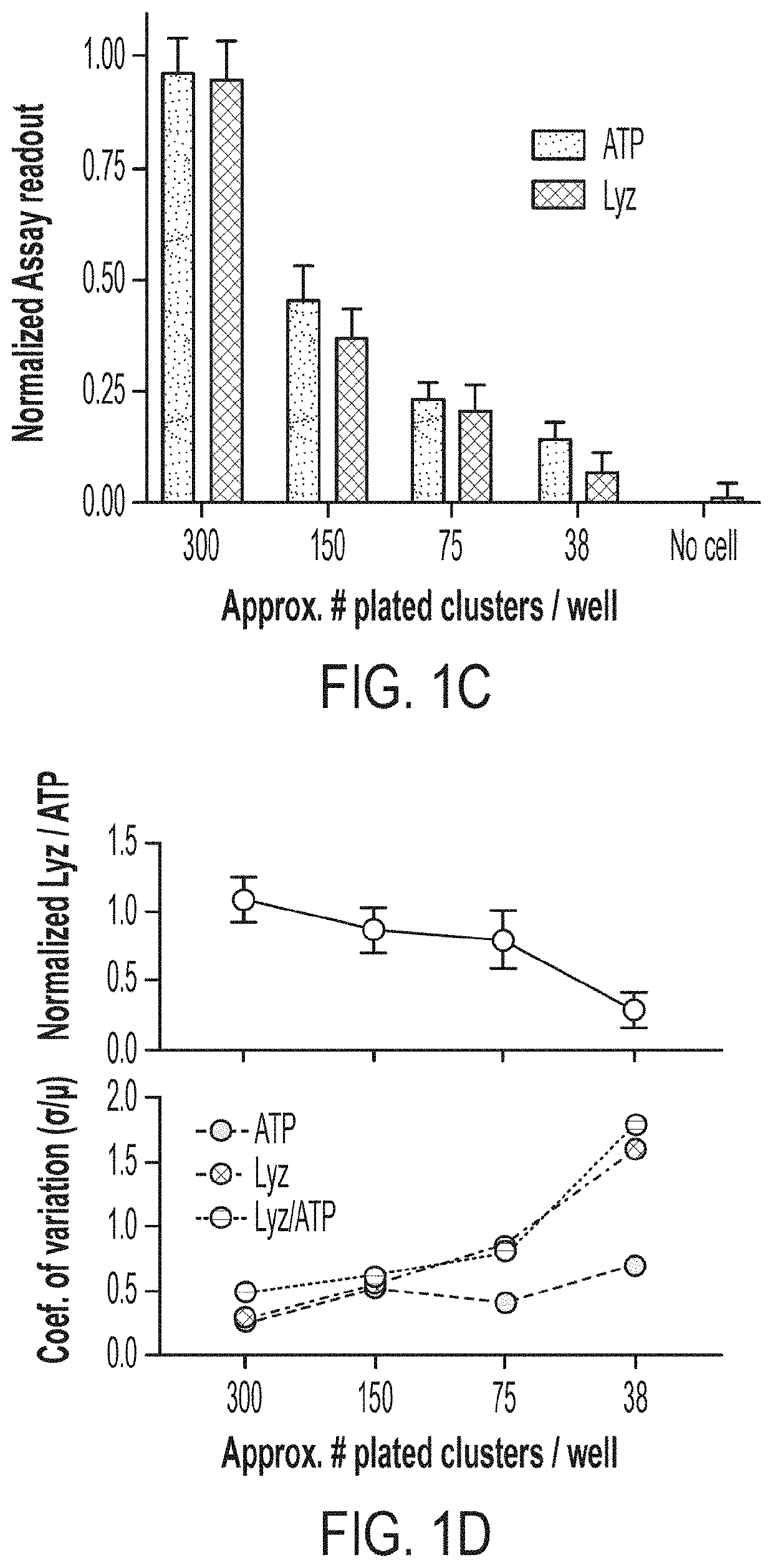Small Molecule Enhancers of Paneth Cell Function and Differentiation
a small molecule, paneth cell technology, applied in cell culture active agents, biochemistry apparatus and processes, drug compositions, etc., can solve the problems of increased inflammatory and systemic infection of mice, and increased inflammatory and systemic infection. , to achieve the effect of increasing the secretion of an antimicrobial protein
- Summary
- Abstract
- Description
- Claims
- Application Information
AI Technical Summary
Benefits of technology
Problems solved by technology
Method used
Image
Examples
example 1
Screening of In Vitro Paneth Cells Informs Function, Development, and Survival
Results
Scalable Platform to Study Paneth Cell Development and Function
[0096]Building off our high-fidelity in vitro PC model (see 3), we set out to develop a scalable platform to assess PC function in vitro as a means to study the effects of host and microbe-derived agents, as well as small molecule drugs, on PC differentiation and function at scale. Starting from our assay of LYZ secretion into media supernatants as a measure of PC function and enrichment, we sought to develop a scalable, functional, phenotypic assay for screening ENR+CD-treated cells. To overcome the limitations to scaling organoid-derived cultures, we first sought to develop a method to preserve the important material and signaling cues supplied by Matrigel scaffolding while enabling automated plating through robotic liquid handlers used in high-throughput screening. We adapted the conventional “3-D” Matrigel droplet culture approach to...
example 2
n of XPO1 Inhibition as a Means to Enhance Paneth Cell Differentiation
[0203]Of the six promising lead small molecules identified in Example 1, KPT-330 appears to most significantly enhance Paneth cell differentiation, and as such we sought to better understand the mechanism through which KPT-330 may be acting, whether by canonical XPO1 inhibition, or other means.
Results
[0204]To address whether enhanced Paneth cell differentiation within ENR+CD organoids following KPT-330 treatment is stemming from the known mechanism of XPO1 inhibition, or a potential off-target or non-canonical effect, we repeated organoid differentiation with two additional known XPO1 inhibitors, KPT-8602 and Leptomycin B. As measured by flow cytometry (per the same gating strategy employed in Example 1), consistent, statistically significant increases in Paneth cell representation were observed following treatment with KPT-330, KPT-8602, and Leptomycin B (FIG. 14, wherein “+” denotes administration of the small m...
example 3
bition is not Dependent on Wnt or Notch Pathway Modulation to Induce Paneth Cell Differentiation
[0208]In continuing our investigation of the biological mechanism of small molecule inhibitors of XPO1 in vitro on the differentiation of ISCs into Paneth cells, the interdependence of XPO1 inhibition with Wnt and Notch pathway modulation in driving enhanced secretory differentiation was assessed.
Results
[0209]Using the high-fidelity PC model (see Example 1) in the traditional 3D enteroid culture system, we differentiated ISC-enriched organoids from one biological donor and then sought to assess to what extent XPO1 inhibition is interdependent on Wnt agonism and Notch antagonism to drive secretory (Paneth) cell differentiation. We assessed this through studies of bulk transcripts, protein, and functional assays.
[0210]Assaying bulk protein extracted from organoids differentiated under either ENR+CV, ENR+CD, or ENR for LYZ, it's apparent that the addition of XPO1 inhibitors KPT-330, KPT-8602...
PUM
| Property | Measurement | Unit |
|---|---|---|
| molecular weight | aaaaa | aaaaa |
| temperature | aaaaa | aaaaa |
| density | aaaaa | aaaaa |
Abstract
Description
Claims
Application Information
 Login to View More
Login to View More - R&D
- Intellectual Property
- Life Sciences
- Materials
- Tech Scout
- Unparalleled Data Quality
- Higher Quality Content
- 60% Fewer Hallucinations
Browse by: Latest US Patents, China's latest patents, Technical Efficacy Thesaurus, Application Domain, Technology Topic, Popular Technical Reports.
© 2025 PatSnap. All rights reserved.Legal|Privacy policy|Modern Slavery Act Transparency Statement|Sitemap|About US| Contact US: help@patsnap.com



